The Postwar Boom 1946-1960
History
AFL-CIO
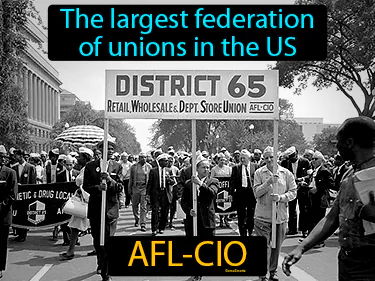
The largest federation of unions in the US, AFL-CIO. The AFL-CIO is an important organization that unites many labor unions to protect workers' rights and improve working conditions in the United States.
baby boom
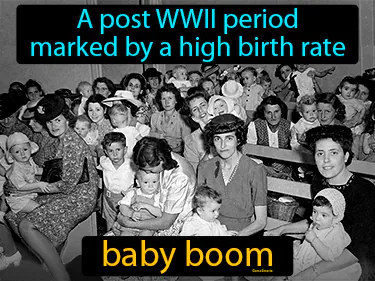
A post WWII period marked by a high birth rate. Baby boom. The baby boom was a time after World War II when many babies were born, creating a significant increase in the population.
beat movement
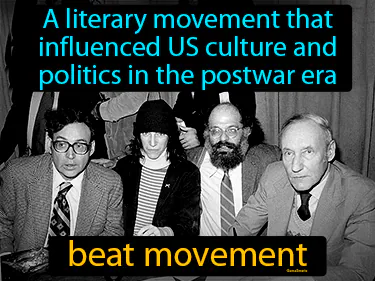
A literary movement that influenced US culture and politics in the postwar era. Beat movement. It was a group of writers and artists in the 1950s who challenged traditional norms and values in society.
beatnik
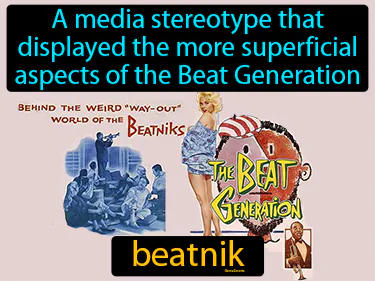
A media stereotype that displayed the more superficial aspects of the Beat Generation beatnik. Beatniks were associated with the 1950s counterculture movement, emphasizing bohemian lifestyles and rejecting societal norms.
Benjamin Spock
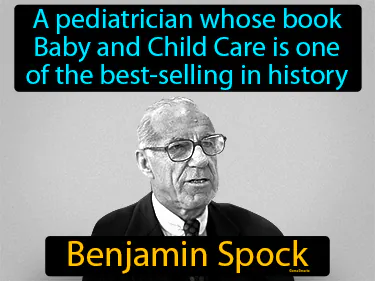
A pediatrician whose book Baby and Child Care is one of the best-selling volumes in history. Benjamin Spock was a famous American doctor who transformed child-rearing practices in the 20th century.
California Master Plan
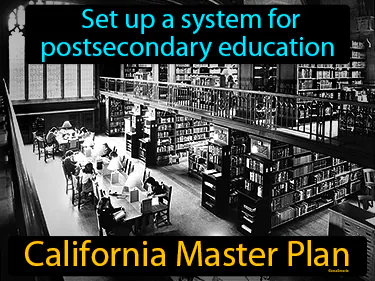
Set up a system for post-secondary education. California Master Plan. The California Master Plan is a historical framework established in 1960 that organized and expanded the public higher education system in California.
conglomerate
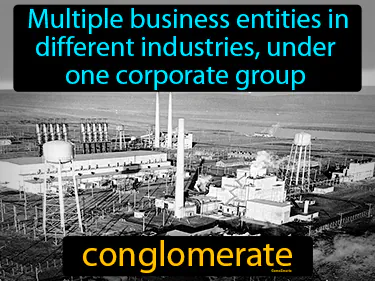
Multiple business entities in different industries, under one corporate group conglomerate. Historically, a conglomerate is a large company composed of diverse businesses, often acquired to pool resources and reduce risks.
consumerism

Encourages the buying of goods and services in ever-increasing amounts. Consumerism. In history, consumerism refers to the cultural shift where people began to place a high value on purchasing and accumulating goods, especially during the 20th century's economic boom.
Dixiecrat
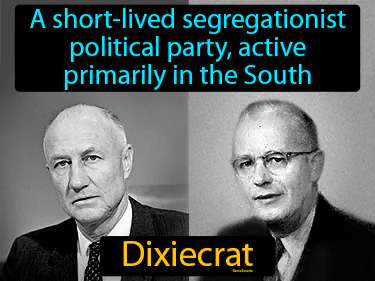
A short-lived segregationist political party, active primarily in the South. Dixiecrat. The Dixiecrats were a group of Southern Democrats who left their party in 1948 to oppose its civil rights platform.
Dr Jonas Salk
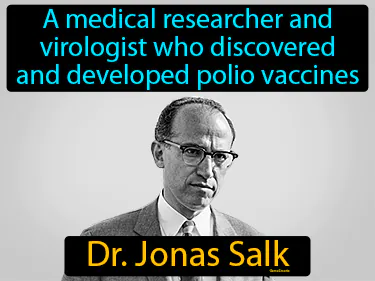
A medical researcher who discovered polio vaccines, Dr. Jonas Salk. Dr. Jonas Salk is the scientist who developed the first successful polio vaccine, significantly reducing the disease's impact worldwide.
Elvis Presley
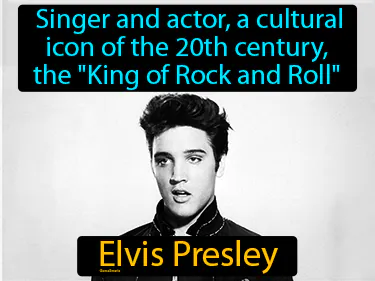
Singer and actor, a cultural icon of the 20th century, the "King of Rock and Roll". Elvis Presley revolutionized music and pop culture in the 1950s, leaving a lasting impact on history.
Fair Deal

An ambitious set of proposals put forward by President Harry S. Truman. Fair Deal. The Fair Deal was a series of reforms aimed at improving social welfare and expanding civil rights in post-World War II America.
Federal Communications Commission
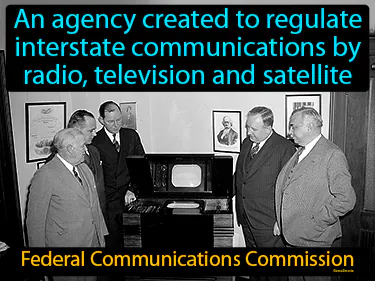
An agency created to regulate interstate communications by radio, television and satellite. Federal Communications Commission. The Federal Communications Commission FCC is a U.S. government body that oversees and regulates communications channels like radio and TV.
franchise
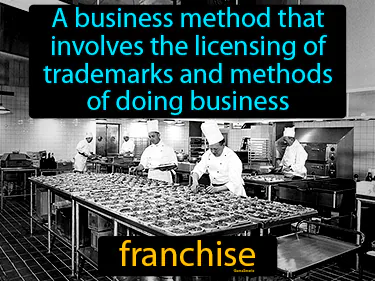
A business method that involves the licensing of trademarks and methods of doing business. Franchise. Historically, franchise refers to the practice of a company allowing individuals to operate a business under its brand and system.
information industry
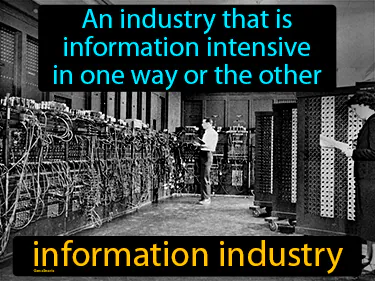
An industry that is information intensive in one way or the other. Information industry. The information industry involves the creation, processing, and distribution of information, much like how ancient scribes recorded history on scrolls.
Interstate Highway Act

A public works project for the construction of 41,000 miles of Interstate Highway. Interstate Highway Act. The Interstate Highway Act, passed in 1956, funded the creation of a nationwide network of highways in the United States.
jazz
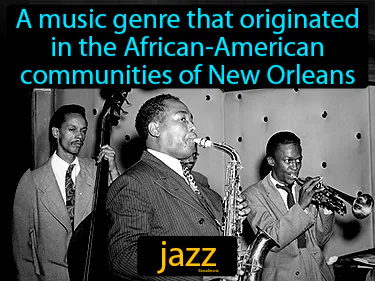
A music genre that originated in the African-American communities of New Orleans. Jazz is a lively and improvisational form of music that emerged in the early 20th century.
mass media
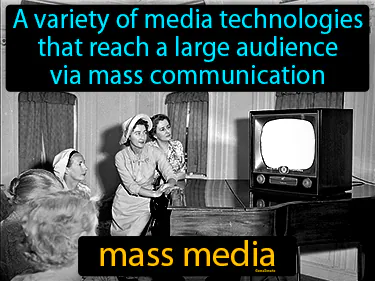
A variety of media technologies that reach a large audience. Mass media. In history, mass media refers to the tools used to communicate information widely, like newspapers, radio, and television.
median family income
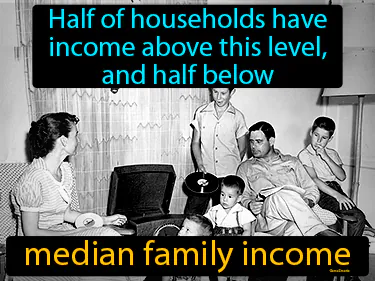
Half of households have income above this level, and half below. Median family income is the middle point of income distribution in a society.
multinational corporation
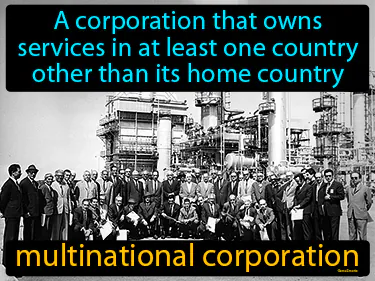
A corporation that owns services in at least one country other than its home country. Multinational corporation. Historically, a multinational corporation is a company that operates in multiple countries, spreading influence and economic power globally.
nuclear family
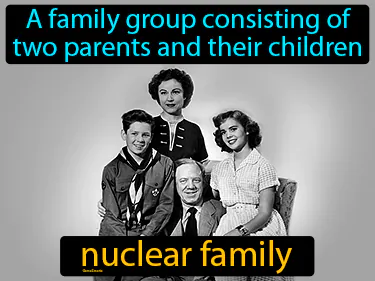
A family group consisting of two parents and their children. Nuclear family. The nuclear family became more common during the Industrial Revolution as people moved to cities for work, focusing family units on parents and their children.
planned obsolescence

A policy of designing a product with an artificially limited life planned obsolescence. Historically, planned obsolescence refers to the intentional design of products to wear out or become outdated quickly, encouraging consumers to purchase replacements.
productivity

Various measures of the efficiency of production. Productivity. In history, productivity measures how much goods or services are produced using a certain amount of resources, which helped drive economic growth and societal development.
rock n roll

A genre of music evolved from gospel, jazz, boogie woogie, and country music. Rock n roll. Rock n roll is a style of popular music that emerged in the 1950s, characterized by a strong beat and simple melodies.
service sector

Provides services, rather than producing material commodities. Service sector. The service sector is the part of the economy that focuses on offering services like healthcare, education, and banking rather than creating physical goods.
suburb

A residential community within commuting distance of a city. Suburb. Suburbs first became popular in the mid-20th century as families moved out of crowded city centers for more space.
Taft-Hartley Act
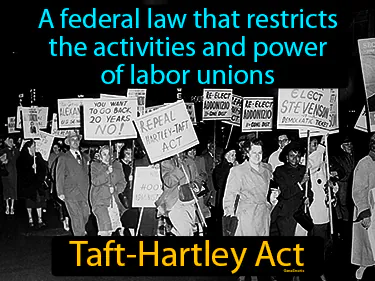
A federal law that restricts the activities and power of labor unions. Taft-Hartley Act. The Taft-Hartley Act is a 1947 U.S. law that limits the power of labor unions by regulating their activities and requiring certain disclosures.
termination policy
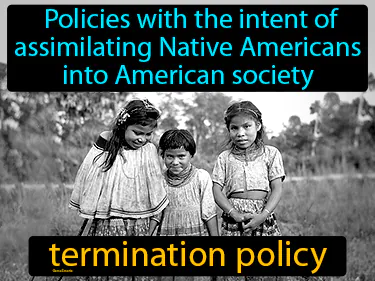
Policies with the intent of assimilating Native Americans into American society. Termination policy. The termination policy was a U.S. government initiative in the mid-20th century aimed at ending the recognition of Native American tribes as sovereign entities and integrating them into mainstream American society.
urban renewal

A program of land redevelopment often used to address urban decay in cities urban renewal. Urban renewal is the process where cities aim to improve deteriorated areas by renovating infrastructure, buildings, and public spaces.